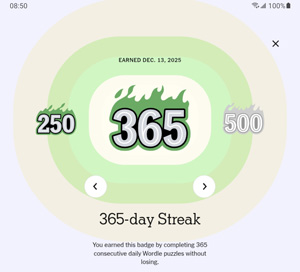 The CBC for the Seneca count circle took place on 14 December. Overnight left a frosting of snow, followed by dropping temperatures and wind. I lost two counters due to illness, a third to the weather, and a fourth to travel. Nevertheless, my team in sector 14 turned up 47 species (pending returns from one more feeder watcher). Lake Fairfax was nearly completely iced over, with nothing but Canada Geese loafing in the open water and a lonely Ring-necked Duck foraging. Our special birds were (pending review) Cackling Goose (Branta hutchinsii), Broad-winged Hawk (Buteo platypterus), and Orange-crowned Warbler (Leiothlypis celata).
The CBC for the Seneca count circle took place on 14 December. Overnight left a frosting of snow, followed by dropping temperatures and wind. I lost two counters due to illness, a third to the weather, and a fourth to travel. Nevertheless, my team in sector 14 turned up 47 species (pending returns from one more feeder watcher). Lake Fairfax was nearly completely iced over, with nothing but Canada Geese loafing in the open water and a lonely Ring-necked Duck foraging. Our special birds were (pending review) Cackling Goose (Branta hutchinsii), Broad-winged Hawk (Buteo platypterus), and Orange-crowned Warbler (Leiothlypis celata).
I started an iNaturalist project to keep tabs on possible sightings on future counts. So I was at least able to add a Dark-eyed Junco (Junco hyemalis) to the project.







